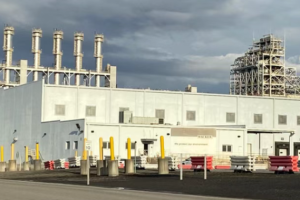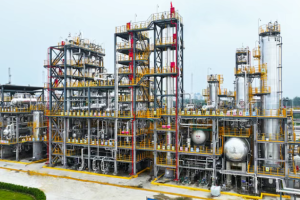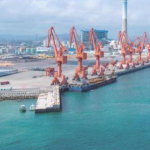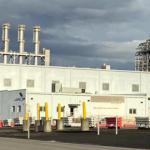March 6, 2025 – China’s Oil and Gas Industry Navigates Turbulent Waters, Embraces New Opportunities
As the world enters a new era of turbulence and transformation, China’s oil and gas industry finds itself amidst a complex external environment marked by great power rivalries, cooling trade relations, and potential disruptions in the industrial chain. This landscape presents both opportunities and unprecedented challenges for the sector. Traditional business growth is constrained, with international oil prices projected to fluctuate between 60and70 per barrel during the 15th Five-Year Plan period. Domestically, the pattern of oil consumption is shifting from fuel to feedstock.

Industry analysis reveals that by 2030, the gap between domestic refined oil production and demand could reach a staggering 100 million tons, while the share of chemical feedstocks in oil consumption is set to rise significantly. Meanwhile, the domestic natural gas market remains generally balanced in supply and demand, with the application of gas-fired power emerging as a critical factor determining the scale of natural gas utilization. The commissioning of new LNG receiving terminals and the accelerated layout of international oil companies in the Chinese market will intensify competition across the entire oil and gas value chain.
Despite these challenges, structural opportunities persist within traditional oil and gas businesses, according to AsiaMB. Infrastructure and real estate, as key drivers of China’s future economic growth, will continue to fuel demand for oil and gas chemicals. The new round of urbanization and regional development strategies will bring new market demands and growth opportunities for oil and gas chemicals, particularly in regions with unique advantages in receiving industrial transfers from eastern China.
Furthermore, the expanding middle-income group is enhancing oil’s “feedstock attribute,” opening up more opportunities for the chemical business. The consumption of petrochemical products is closely linked to the size of the middle-income group, and there is still room for growth in demand for traditional chemicals. Additionally, the rapid development of new energy vehicles is presenting new opportunities in the chemical market, from lightweight materials to battery materials for electric vehicles, and even petrochemical materials for supporting facilities.
Notably, high-growth industries such as high-end equipment, new energy, and energy conservation and environmental protection offer considerable potential for demand in new materials. In the future, military and medical chemical new materials are expected to emerge as new growth points, providing oil and gas companies with new opportunities to expand into the field of chemical new materials.














